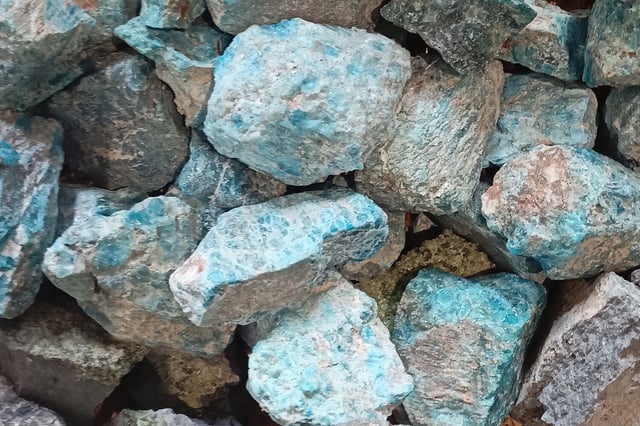Overview
- Stanford scientists have created a low-cost method to speed up the natural weathering process of silicates, enabling rapid carbon capture and storage.
- The process uses kilns to convert magnesium silicates and calcium oxide into highly reactive materials that absorb CO2 from the atmosphere thousands of times faster than in nature.
- This approach could be scaled up using abundant minerals like olivine and serpentine, including mining waste, to produce billions of tons of reactive materials annually.
- The researchers are exploring applications such as spreading these materials over agricultural soil, which could improve soil health, crop yields, and oceanic carbon storage.
- The method is estimated to use less than half the energy of leading direct air capture technologies and could be further optimized with electric-powered kilns.
